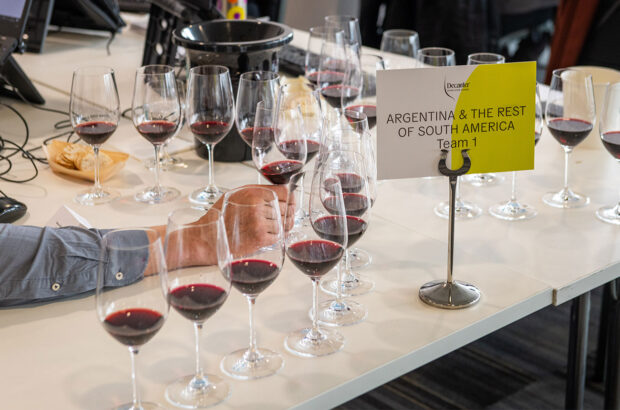Peru’s wine regions of Ica, Chincha and Pisco are still picking up the pieces following the major earthquake on August 15.
While the vines themselves – which cover several thousand hectares – remain largely intact, most winery buildings and the adobe homes of vineyard workers were flattened.
‘The vineyards employ many thousands of people, which in turn supports the wider economy,’ said Carlos de Martis, London-based director of Anglo-Peruvian Trading Co, which imports pisco (grape brandy) and still wine from producers such as Tacama, Vista Allegre, Tabernero and Ocucaje.
Over 70 producers in Chincha and around 2,000 in Ica – the centre of the country’s wine and pisco production – have been affected. Most wine is Merlot, Cabernet Sauvignon and Malbec.
Carlos Rotondo, owner of Tabernero, the largest winery in the area, told Peru’s La República newspaper he felt lucky to escape with little damage.
‘Fortunately, nothing much happened to my buildings, but our 250 employees lost everything.’
De Martis is particularly critical of the Peruvian government for doing nothing to help the wine regions.
He told decanter.com that the vineyard owners, with the assistance of the international community, are feeding and housing their employees while they rebuild the infrastructure in time for harvest next March.
The international community has given over US$100m and many tonnes of building material, with attention being drawn to the situation by celebrities such as Peruvian photographer Mario Testino.
‘The Peruvian government has never invested in the vineyard areas,’ he said, ‘and they aren’t doing anything now. They are corrupt and have focused their efforts on stealing money.’
‘Peru has the oldest vines in the Americas, some of which date to 1400,’
said de Martis. ‘The saddest story is that Peru is a poor country that shouldn’t be poor.’
The earthquake, which measured 7.9 on the Richter Scale, killed over 500 people and injured over 1,600.
Written by Maggie Rosen






